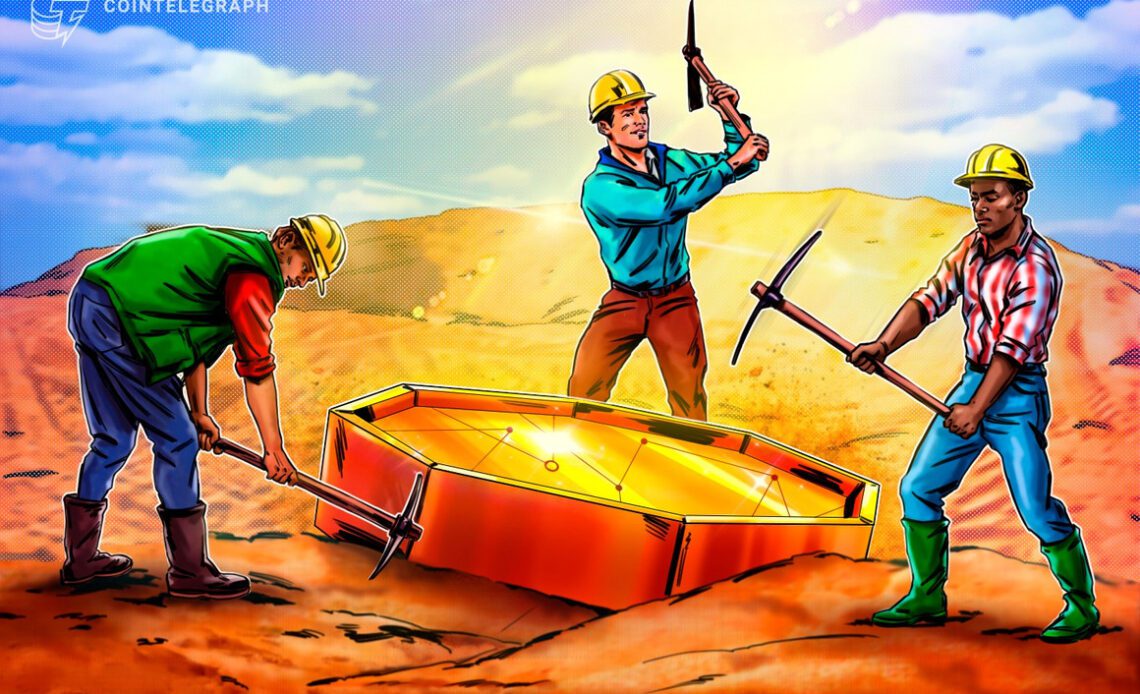In the early days of Bitcoin (BTC), crypto enthusiasts only required a basic personal computer with an internet connection to generate new BTC tokens through a distributed computing process known as mining.
However, with more people chasing the same number of block rewards, Bitcoin’s mining process has become more challenging with time. In fact, the quantum of rewards will progressively reduce by half every four years, making it less rewarding for individual miners who will need to allocate greater computational resources with time.
Available on blockchain protocols that employ a proof-of-work (PoW) consensus mechanism, this mining process requires application-specific integrated circuits (ASICs) to be deployed in the form of large rigs so as to complete the complex nature of mathematical problems within the time needed to mine a block.
With the increasing difficulty of the mining algorithm and the rewards for mining a block reducing with time, it has become impossible for a piece of single personal computing equipment to successfully mine a block.
This has brought the concept of a cryptocurrency mining pool to the forefront, where individual miners or users come together and pool their computational resources in order to improve their chances of mining a block and share the rewards received among them.
In existence since 2010, when Slush Pool was formed as the first Bitcoin mining pool, there are now many popular mining pools for cryptocurrencies like Ether (ETH), Zcash (ZEC), Bitcoin Cash (BCH), Bitcoin SV (BSV) and more to choose from.
Replete with their own dashboards that provide status on aspects like the mining hardware’s status, the current hash rate, estimated earnings and other parameters, the mining pools offer crypto users the opportunity to participate in the mining process of a particular cryptocurrency consistently and earn regular rewards in proportion to the computing power contributed.
Understanding the cryptocurrency mining process
Before we delve into what is a cryptocurrency mining pool and how an individual can join one, let us look at how cryptocurrency mining takes place and understand the key difficulties involved.
Firstly, for any PoW blockchain protocol, the process of mining its native token involves solving math problems using computing power, where the correct answer is represented as the block’s hash number, and rewards are presented to the entity that solves the fastest.
These rewards are presented in the form of…
Click Here to Read the Full Original Article at Cointelegraph.com News…
























